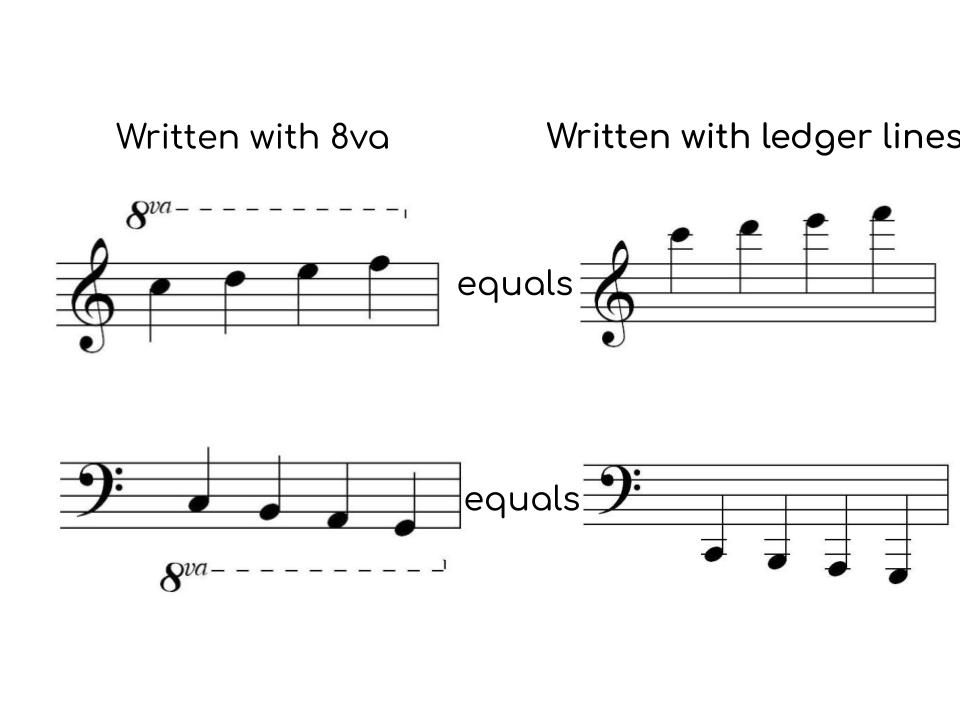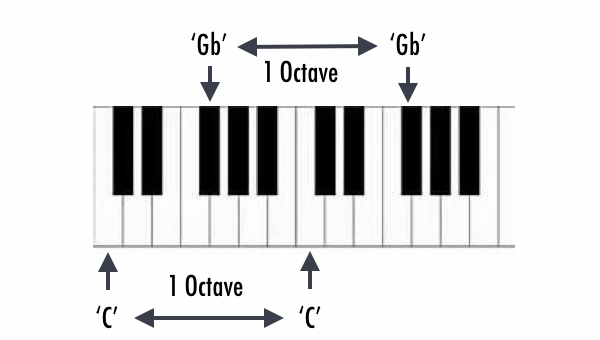

Prince had a vocal range of four octaves as well, but he was able to hit an impressive B6.

However, some musicians, especially pop singers, have pushed the boundaries far beyond the norms.įor example, David Bowie can comfortably sing across four octaves. Talented musicians usually have a vocal range spanning over three octaves. In this case, the average human’s tessitura would cover around one octave in the middle of the vocal range. The vocal tessitura doesn’t have a specific vocal range each singer has their tessitura voice.Īs we covered before, the average human vocal range is about three octaves. It isn’t daunting to inexperienced singers and easy to sing along to. This is why tessitura is widely regarded as the sweet spot of singing. Tessitura is the few steps in the middle that you stand on the most.įor example, Katy Perry covers a little over half an octave in her hit song “ Teenage Dream.” The lowest note is G4 and the highest note, which is only heard twice, is D4. I like to think of tessitura as the middle area of a ladder. The first step of the ladder is the lowest note while the last step is the highest. Most songs fall within the vocal tessitura, which means they’re all played in a narrow vocal range that’s acceptable to the average ear. Tessitura is known as the comfortable vocal range of a singer, or less commonly, an instrument. Do you think you can score higher? Tessitura – The Sweet Spot of Singing Most people have a vocal range that covers a little over three octaves. You can record your vocal range and find out how many octaves your voice can cover. The same notes we discussed on a piano can be produced-to some extent- by your own vocal cords. To truly appreciate the beauty of octaves, you must associate octaves with the human vocal range. Octaves and the Vocal RangeĮnough of the technical stuff. The minor scale has a gloomy and melancholic mood to it perfect for sad songs. So, playing a minor scale consists of a whole step, half step, whole step, whole step, half step, and whole step.Īs you go up and down the octaves on this scale, you’ll notice a shift in tone compared to the major scale. Again, pick a note and start going through these steps. The minor scale is just as important as the major scale. The major scale produces a happy and optimistic tone, unlike the minor scale. As you move up the octaves, you’ll notice a rather familiar sound. If you have an instrument, choose a root note and start going through its major scale. So, playing a major scale consists of a whole step, whole step, half step, whole step, whole step, and whole step. Let’s take the C major scale as an example: It’s considered the foundation of Western music. Unlike the chromatic scale, the major scale is widely used in all music genres. For example, moving a whole step (or whole tone) from D will take us to E, and moving a whole step from D# will take us to F. The other way to move between the notes is by skipping one note and landing on the next one. This is known as a half step or semitone. The first is to go one interval at a time, like from A to A# or from E to F. There are two ways to move between the notes and up/down an octave. We play the chromatic scale by sounding all 12 notes in order. The chromatic scale doesn’t sound particularly pleasing to the ear, but you can still hear it in some guitar solos and classical compositions. To sum up, here are the 12 notes of an octave: All that remains now are the five sharp notes that lay in between the A# (Bb), C# (Db), D# (Eb), F# (Gb), G# (Ab).Īccording to music theory, a sharp note may be called a flat in some scales. So far, we’ve covered seven pitches that comprise an octave from A to G. At what frequency does the note A7 vibrate? The 12 Notes of an Octave (The Chromatic Scale)


Pop quiz! The note A8, at the very end of the piano, vibrates at 7040 Hz. Similarly, E7 vibrates at 2637.02 Hz while E6 vibrates at 1318.51 Hz. To put this into perspective, the note A0 vibrates at 27.50 Hz while A1 vibrates at 55 Hz. It’s an interval between two keys that carry the same note but vibrate at a different frequency.Ī note that’s one octave higher will vibrate at double the frequency, while a note that’s one octave lower will vibrate at half the frequency. This is because note A1 is exactly one octave above note A0. If you play note A0 followed by note A1, you’ll notice that A1 has a higher pitch than A0. To better understand what an octave is, let’s leave out the black keys for now and focus on the white ones.įrom left to right, the order of the white keys goes like this: Octave Equivalence What Is an Octave in Music?Ī grand piano has 88 keys 52 white keys and 36 black keys.


 0 kommentar(er)
0 kommentar(er)
